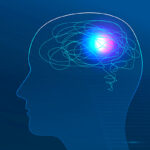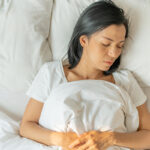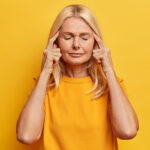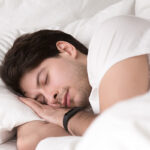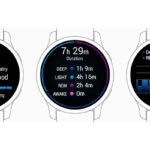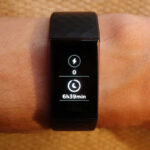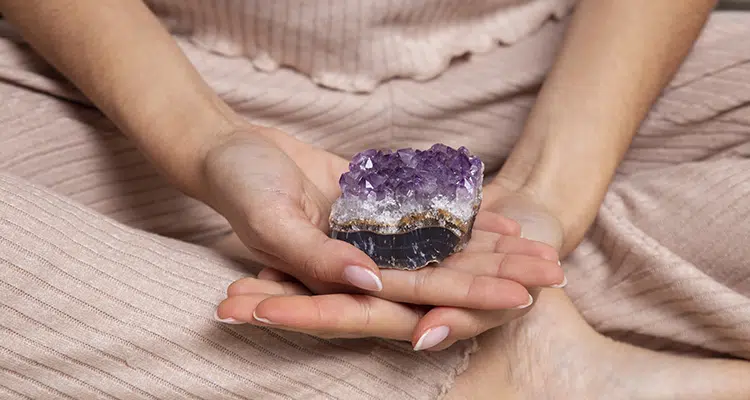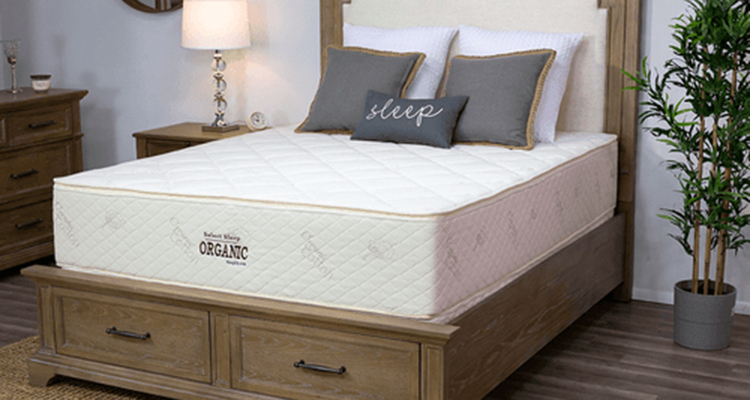How to Measure REM Sleep
Have you ever awakened from a vivid dream or nightmare? Probably so. Well, while you were dreaming of having a nightmare, you were in the REM sleep stage. According to researchers, there are five stages of sleep – non-REM sleep (Stages 1-4) and REM sleep (Stage 5).
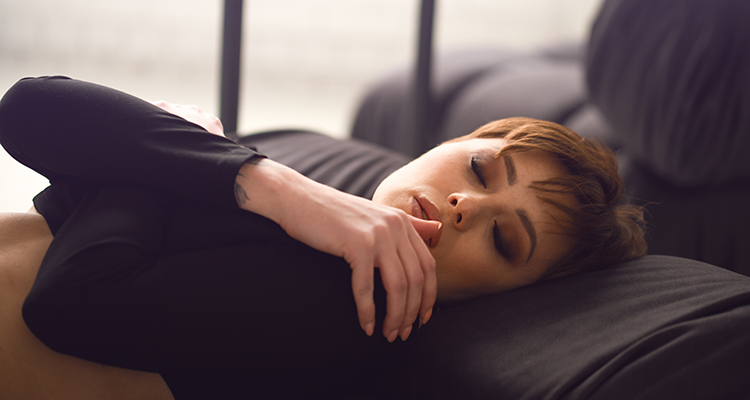
Did you know that REM sleep should account for 20-25% of your total sleep time? It’s true.
And, REM sleep that is at least 90 minutes long can lead to a positive sleep score. REM sleep typically occurs later in the sleep cycle, so the best way to increase your REM sleep is to go to bed earlier and awaken later (sleep for longer).
Rapid-eye movement (REM) sleep is considered a deeper form of sleep. When you are dreaming you are in the REM sleep stage. REM sleep was first recognized in 1953, but researchers, doctors, and scientists still do not know the ins and outs of this stage of sleep.
During the REM sleep stage, your brain remains alert, but your muscles start to relax. It is unknown why REM sleep is important to sleep health, however, it appears that it does play a significant role in a person’s health and well-being. The truth is a variety of factors influence the length and quality of one’s REM sleep, such as alcohol, caffeine, nicotine, sugar, and salt consumption, bedroom temperature, one’s overall health, medications, etc. REM sleep is important for memory and one’s overall functioning.
Drug abuse and sleep disorders, like insomnia and sleep apnea, can also disrupt REM sleep. However, the long-term effects of REM sleep deprivation are still unknown. Still, sleep is imperative for a healthy mind and body.
If you know how REM sleep works, your next question may be, “How do I measure my REM sleep to ensure I’m getting enough of it?” If so, look no more, because this article will not only teach you about REM sleep but also explain how you can measure it to see how well you are sleeping.
Content
What Happens During REM Sleep?
REM sleep is an important part of the natural sleep cycle. It is so significant that the other stages are grouped together as “non-REM sleep” stages, while REM sleep is a stage into its own. During this stage, your brain is active, but your muscles are not.
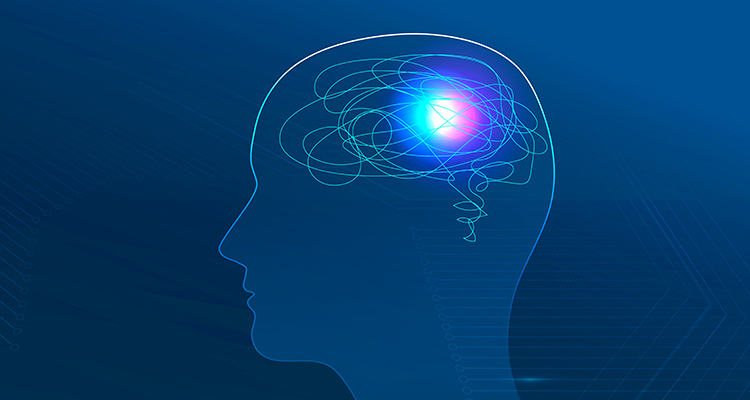
More specifically, your skeletal muscles (minus the muscles needed for eye movement and those required for breathing) become disabled during REM sleep. What are skeletal muscles? These muscles control voluntary movements, like swimming, running, walking, talking, etc.
One of the primary aspects of REM sleep is vivid dreams. When you are in the REM sleep stage, you are unable to move, which prevents you from acting out your dreams or nightmares. When REM sleep occurs but you are still able to move, this is called REM sleep behavior disorder.
What is the Purpose of REM Sleep?
Although REM sleep studies are currently inconclusive, some researchers suggest that REM sleep is essential for optimal daytime functioning. REM sleep can help you remember things, especially when it comes to your procedural memory, the type of memory that helps you learn new skills, like how to drive a car or ride a bike. Procedural memory differs from semantic memory, which helps you learn facts and dates. REM sleep can also resolve issues that have plagued you. REM sleep is when you make specific brain connections. So, the purpose of REM sleep is to support learning, memory, rest, and repair of your mind and body.
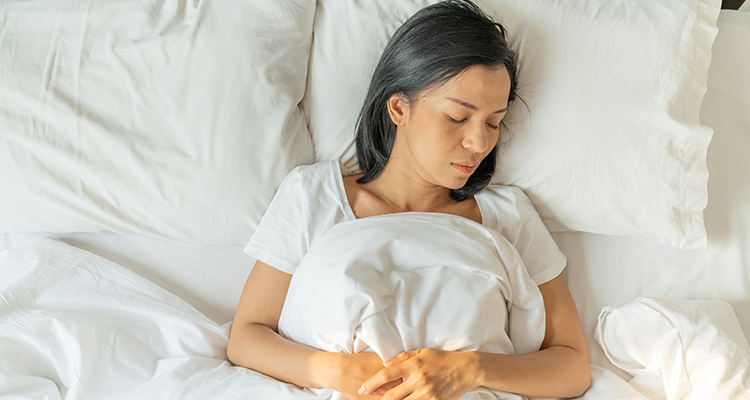
What is REM Sleep Deprivation?
REM sleep deprivation can negatively affect your health and well-being. The main sign of REM sleep deprivation is sleepiness or drowsiness.
REM sleep deprivation can impact your health and well-being in the following ways:
- Digestion
- Pain Tolerance
- Heart Function
You enter the REM sleep stage at regular intervals while asleep. Most people spend between 5 and 30 minutes in the REM sleep stage. REM sleep tends to lengthen as day approaches, which means it typically occurs during the last 1/3 of the night. When you awaken prematurely, your REM sleep is broken.
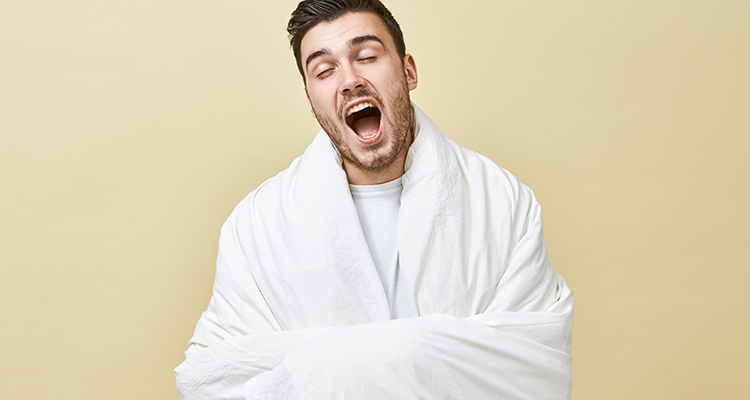
If this happens frequently, it could cause you to experience “false awakenings.” False awakenings can cause you to feels as if you are awake, when, in actuality, you are still in dream mode. False awakenings limit the amount of time you spend in the REM sleep stage. If you do not spend the right amount of time in the REM sleep stage, you can experience REM sleep deprivation (little-to-no REM sleep).
The following factors can disrupt REM sleep:
- Caffeine
- Alcohol
- Illegal drugs
- Cannabis (marijuana)
- Opioids or narcotics
- Benzodiazepines (“benzos”)
- Antidepressant medications
- Lithium
- Sleep disorders (i.e., sleep apnea and narcolepsy)
Note: During REM sleep, your muscles relax. This can cause your muscles to collapse, triggering breathing difficulties in people, who suffer from sleep apnea. It is common to experience insomnia when you struggle with sleep apnea. Sleep apnea is usually treated with a continuous positive airway pressure (CPAP) machine. A CPAP machine is designed to keep your airways open, while you sleep. Effective insomnia treatments can help you keep REM sleep deprivation at bay.
How Does REM Sleep Deprivation Affect the Brain?
Researchers have found that people, who constantly have their REM sleep interrupted, may be immune to REM sleep deprivation (the loss of REM sleep). More specifically, these individuals may have normal brain function and memory.
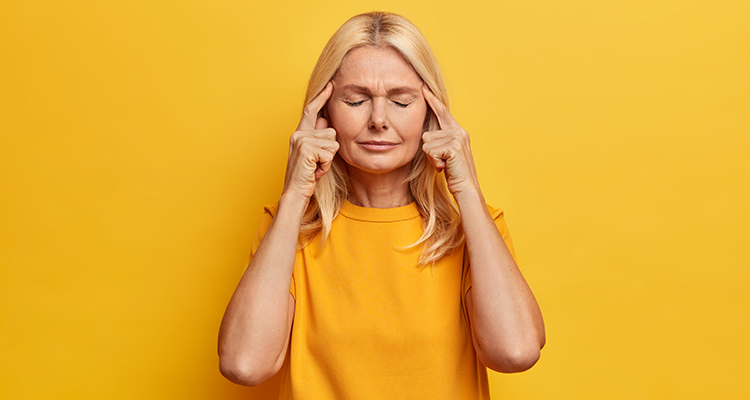
How Can I Tell If I Am Not Getting Enough REM Sleep?
You may not be getting enough REM sleep if you experience the following symptoms:
- You fall asleep the minute your head hits the pillow.
- You are suffering from daytime fatigue and sleepiness.
You have a habit of “microsleeping” during the day or taking midday naps.
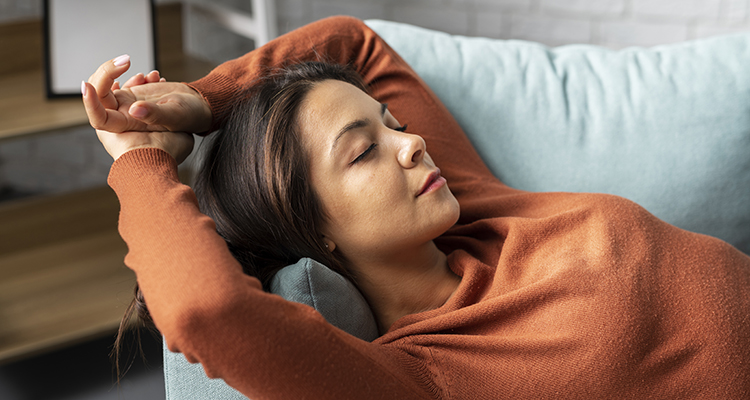
How is REM Sleep Measured?
REM sleep is usually measured with a polysomnogram. A polysomnogram, also known as a sleep study, is a comprehensive assessment that uses an electroencephalogram (EEG) to diagnose sleep disorders, like insomnia and sleep apnea. A polysomnogram records your brain waves, blood oxygen level, and heart rates. It also measures your breathing and eye and leg movements.
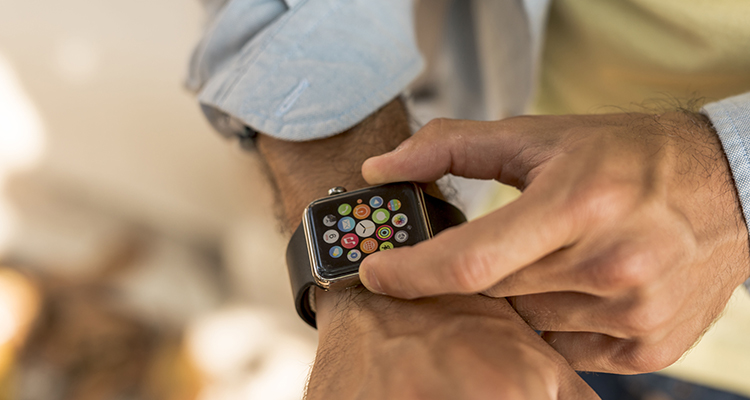
So, REM sleep can also be measured with electrooculography (EOG), an assessment used to determine how your sleep patterns and how long you stay in the REM sleep stage. Remember, dreaming occurs during the REM stage. While in the REM stage, your eyes make specific movements, which helps sleep specialists determine your REM sleep quality and the length of time you spend in this stage.
REM sleep can also be measured with “wearables” or devices you wear on your body to detect your sleep patterns, hygiene, and health. “Wearables” track your sleep stages throughout the night. Some common “wearables” that can help determine your REM sleep quality are Fitbit, Garmin, and Apple Watch.
Sleep studies can use various tools to measure REM sleep, such as:
- Electroencephalogram (EEG) measures your brain waves
- Electromyogram (EMG) measures your muscle function
- Electrooculogram (EOG) measures your eye movements
Can I Measure REM Sleep from Home?
Yes, you can.
The only way you can accurately determine how much REM sleep you are getting is to measure your brain waves. And, the most reliable way to measure brain waves is through an electroencephalogram (EEG). During an EEG, a headband is placed on your forehead to detect the signals being transmitted throughout your brain and body. The good news is you can purchase an in-home EEG to measure your REM sleep. The in-home EEG requires that you wear the headband while you sleep, so it can determine your various sleep stages. This is your “sleep architecture.”
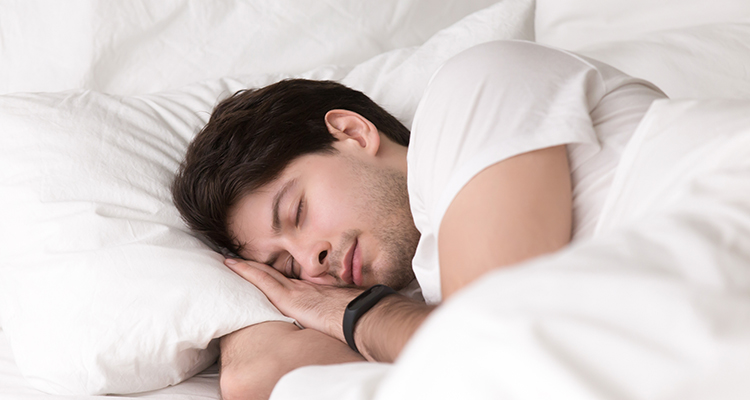
Can I Measure REM Sleep with My Garmin?
Yes, you can.
Your Garmin can also measure your REM sleep. Garmin measures your sleep stages and tracks your REM sleep with an accelerometer. It also uses your heart rate (heart rate variability data) and eye movements (optical HR sensors) to measure your REM sleep.
Note: Make sure that your Garmin’s heart rate monitor is on and that it is comfortable.
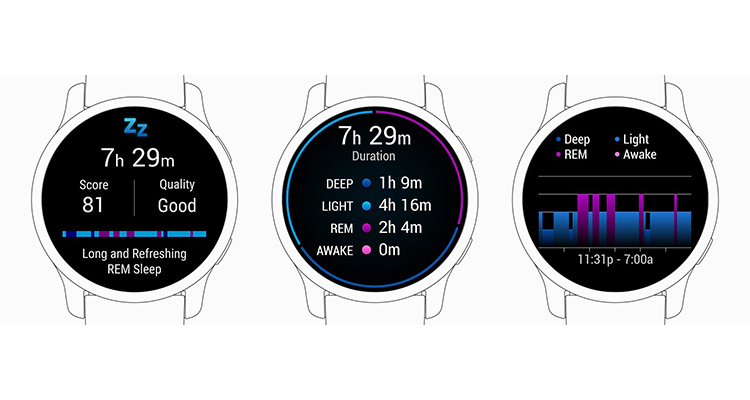
Can I Use My Fitbit to Measure REM Sleep?
Yes, you can.
About a decade ago, Fitbit introduced its first “wearable” sleep model. Initially, Fitbit only measured sleep ranges. However, over time Fitbit (i.e., Fitbit Charge 2, Fitbit Charge 3, Fitbit Alta HR, Fitbit Versa, Fitbit Versa 2, Fitbit Blaze, Fitbit Inspire HR, and Fitbit Ionic) added a scoring algorithm that measures your movements and heart rate. The newer Fitbits also determined your sleep stages, REM sleep, and wake/sleep heart rates.
According to a 2019 survey, Fitbits are one of the most popular fitness “wearables” or devices on the market. In fact, Fitbit boasts over 25 million users in over 80 countries. Researchers also found that Fitbits showed promise in performance and in distinguishing waking from sleeping. But, although, “wearables” like Fitbit are affordable and accessible, they have limited function and are not designed to replace clinical sleep studies.
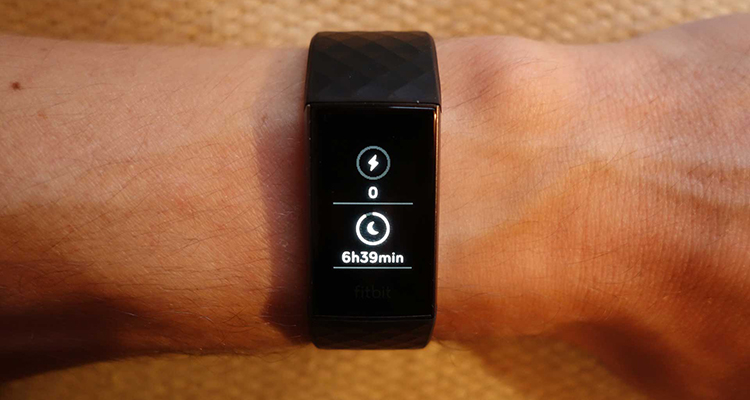
What Other Ways Can REM Sleep Be Measured?
If your REM sleep is continuously interrupted, resulting in insomnia, there are other ways your REM sleep can be measured, such as:
- Sleep Diary
A sleep diary is an easy and affordable way of tracking measuring your REM sleep quality. But, because the measurements are based on consumer ratings, the scores tend to be unreliable, invalid, inaccurate, and/or insufficient. Moreover, a sleep diary is unable to measure your “sleep architecture” or sleep stages.
- Wrist Actigraphy
Another way to measure REM sleep is through wrist actigraphy. Wrist actigraphy can detect accelerated motion. It is primarily used with proprietary interpretative algorithms to assess a person’s sleep quality. Wrist actigraphy is typically used in outpatient sleep screenings. Ultimately, wrist actigraphy relies on movement-based algorithms but is unable to accurately determine which sleep stage a person is in. Furthermore, this sleep stage tends to overestimate the amount of time a person is in REM sleep.
- Apple Watch
Apple Watch is another “wearable” measurement tool that can measure your REM sleep. Your Apple Watch can tell you how long that night and the night before. And, it can tell your sleep average over the last 14 days. Apple Watch uses actigraphy to track your wrist movements to determine your sleep patterns. It also uses your brain waves, eye movements, and breathing levels to distinguish between your REM sleep stage and your non-REM sleep stage (light sleep).
However, Apple Watch is unable to accurately and reliably measure your REM sleep. More specifically, some researchers have found that tracking your movement and heart rate is insufficient when identifying when you are awake or asleep, which is how Apple Watch determines your REM sleep quality.
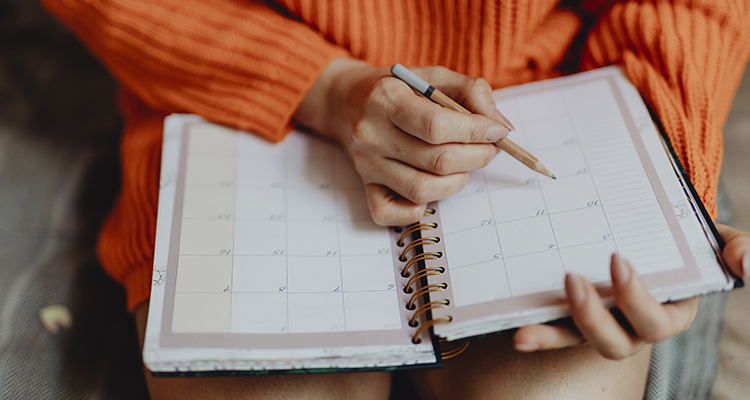
What is a Good REM Sleep Score?
REM sleep scores range from 0-100.
Your REM sleep score is linked to your sleep quality and any areas of improvement.
Listed below are the different sleep scores:
- Optimal – 85+
- Good – 70-84
Below – Less 70 (Your REM sleep is lagging so you will need to invest in self-help tools and/or lifestyle changes to get back on track).

How Can I Improve My REM Sleep?
The good news is there are several ways you can improve your REM sleep quality.

Listed below are ways you can improve your REM sleep:
- Avoid Naps – Naps can throw off your circadian rhythm (internal clock), leading to acute or chronic insomnia or “sleeplessness.” In other words, naps can prevent you from being sleepy when it is time to go to bed.
- Consume Healthy Foods – Nutrient-rich foods can help improve your REM sleep. Healthy foods contain vitamins and minerals (i.e., vitamin E, D, B vitamins, calcium, magnesium, etc.) that can help you get better sleep.
- Get Plenty of Exercise – Exercise can help “tire you out” so you are ready to go to sleep when bedtime rolls around. It can also prevent insomnia and “sleeplessness.”
- Practice Relaxation Techniques (i.e., deep breathing, yoga, mindful meditation, hypnosis, melatonin supplements, etc.) – Relaxation techniques can calm or “quiet” your mind, so you can fall and stay asleep all night long.
- Develop a Consistent Bedtime Routine – A consistent bedtime routine can help prepare you for bed. For instance, a bedtime routine may involve a warm bath and/or turning off electronic devices an hour or so before bed. It could also involve going to sleep and awakening at the same time each night and day.
- Journaling – Journaling can help you work through negative or upsetting emotions and issues, so they do not follow you to bed. Resolving issues before bed can help improve your REM sleep.
- Sign-up for an Online Sleep Program – An online sleep program, like Somnus Therapy, can help you sleep better at night. Sleep programs teach you how to relax, so you get deeper zzz and higher quality REM sleep.

